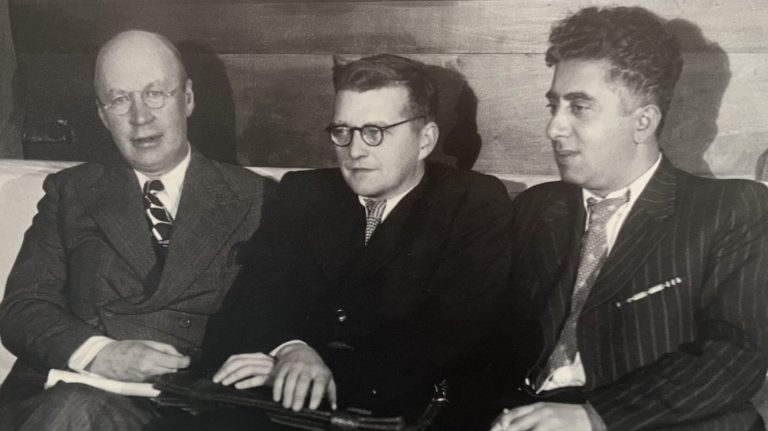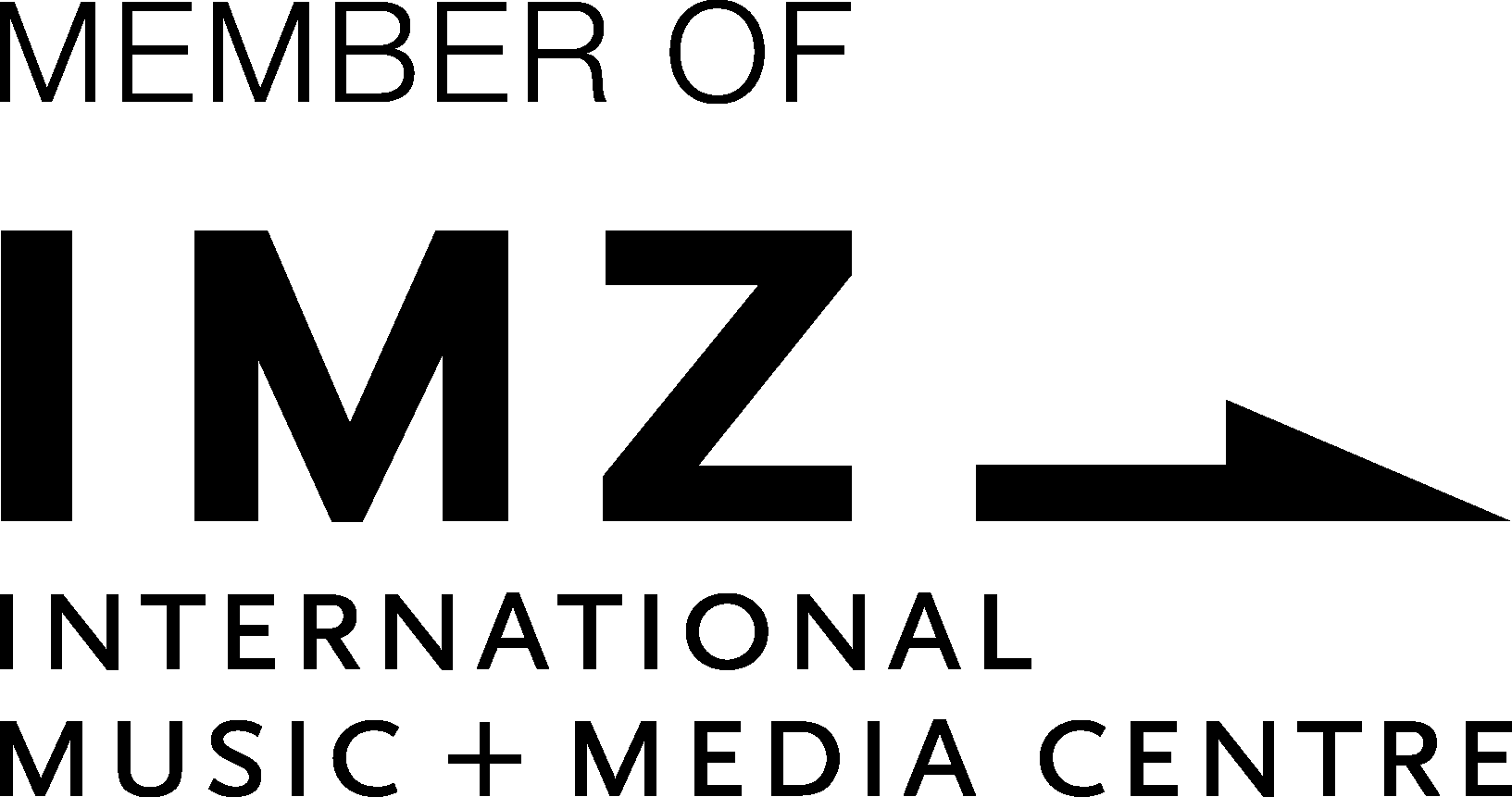This is officially a CD review, but it’s also a personal story.
As a kid growing up in a musical family in the US, I was exposed to all kinds of music, primarily Western classical. Though I was brought up with and trained in the standard European canon, I became aware of other modalities once I discovered the music of Khachaturian and Hovhaness, Kodály and Bartók.
As a teenager listening to records, I was thoroughly entranced by Khachaturian’s Gayane Ballet Suites, his Piano Concerto, and his individual piano pieces, particularly the famous “Toccata,” which I played incessantly. Imagine my thrill when, as a student at the conservatory (Eastman School of Music in NY), Khachaturian himself came to Eastman on one of his US tours. One of his scheduled events there was to listen to a student composers’ forum in which I was performing. I met the giant bear of a man, whose huge amounts of silver hair and giant bushy black eyebrows dazzled me. He gladly autographed my Gayane Ballet orchestral scores. I treasure those moments with him and those scores as if they were gold bricks in the bank.
Many years later, I needed to move to Europe and could not take my grand piano with me, so I donated it to a pianists’ non-profit organization in NY run by a Juilliard piano student. He accepted my piano, and as we were saying good-bye, I gave him my collection of Khachaturian’s piano pieces and told him they were very special to me and that I hoped he would make a recording of them. I don’t know if he ultimately did, but imagine my delight at discovering an album of these pieces (and many more), released in September 2022 performed by Bulgarian pianist, Victoria Terekiev. It is my pleasure to review this disc, produced by Da Vinci Classics.
Ms. Terekiev’s album, entitled “An Armenian in Moscow (Masquerade Suite and other works I)” features 22 short piano solo pieces that encompass the years in which Khachaturian studied music, and eventually worked as a professor of composition, in Moscow. He was of Armenian descent and born in Tbilisi, Georgia, a territory that was incorporated into the USSR from 1922 until 1991. All of his compositions, but particularly his piano works and the Gayane Suites, strongly evoke the folk flavors of the Caucasus region, and particularly Armenian modal scales.
While a pedagogue at the Moscow Conservatory and the Gnessin Institute, Khachaturian wrote teaching pieces, and also was a long-time prominent director of the Composers’ Union – an organization most definitely politically aligned. While he was not at all against the Stalinist regime, in fact, he fully embraced it, he was nevertheless denounced alongside many other composers by the Party during the height of that regime.
The curious singularity of Khachaturian’s political and cultural survival after that point is unique among the many celebrated composers of that era who suffered much more from dictatorial criticism. Evidently, Khachaturian’s music was less offensive to the regime than that of Shostakovich, Prokofiev, Scriabin, Gabaidulina, or Schnittke. Khachaturian’s optimistic scores that described colorful stories of ancient heroes, dancing maidens, comedic sketches and village life were more palatable to the powers in Moscow. In fact, they allowed him to travel abroad from 1958-1968 to represent Russian musical life and accomplishment. In 1968, he even conducted the National Symphony Orchestra in Washington DC in a program of his own works.
This album’s selections, ranging from his 1927 “Poem” to the 1959 “Sonatina,”
offer an enticing panoply of moods: jocularity, melancholy, sweeping romanticism, pointillism, and as much sparkle as dolorousness. Ms. Terekiev captures this kaleidoscope with crisp energy, splendid technique, as well as a recognition of the composer’s singularity among all composers of the Iron Curtain era. Personally, I would have loved a bit more listesse in her exploration of Poem’s intense color-world, but that’s just my own preference.
Every piece is a jewel in her hands, especially the powerful “Toccata;” the Chopin-esque “Masquerade” (1947); “Lyado is ill” a sonic description of a confused old man whose mood changes via the pivot tone of enharmonic chords; and the exquisite 1943 “Invention” where she mines the bittersweet biosphere of his ethnic roots entwined with the profound sadness of WWII.
Chiara Bertoglio’s excellent liner notes give us a good historical background and philosophical analysis of the sui generis phenomenon that Aram Khachaturian is in the annals of Western music history. In this light, it’s a head-scratcher that his music is rarely programmed on symphonic programs and other concert and theatrical stages — only his Violin Concerto and the ubiquitous “Sabre Dance” manage to break through the financial stranglehold that Boosey & Hawkes publisher exerts on Khachaturian score rentals. In my opinion, this composer’s intriguing and delightful music needs to be heard on the big stages of the world. Ms. Terekiev’s sparkling performance here gives us some tantalizing previews that tickle the palate for many more of his musical treasures.











